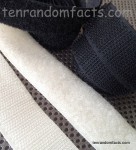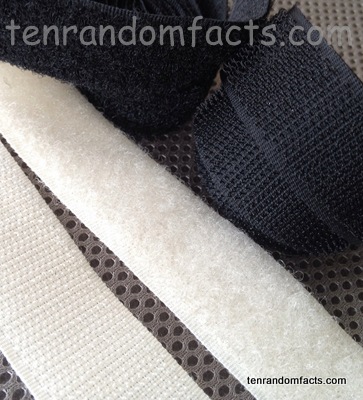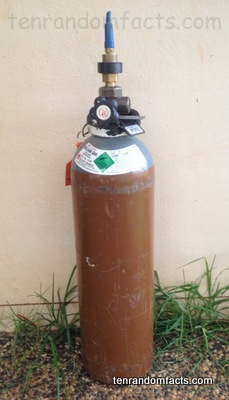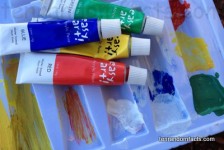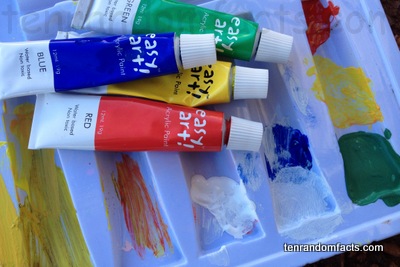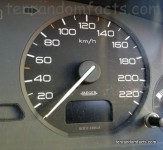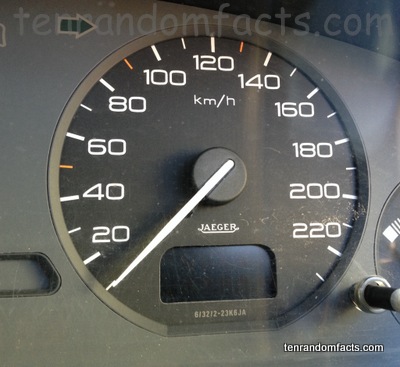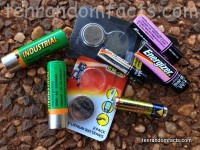
Store up facts like a battery.
- Batteries are a power storage cell that are used to store power in the form of chemical or electrical energy to create electricity when placed in a circuit.
- Batteries have a positive (+) and negative (-) pole to allow electricity to flow out of the battery.
- Approximately USD $48 billion was spent globally in the battery industry in 2005.
- Batteries were invented by Italian Alessandro Volta, a physicist, in 1800, who designed a structure of plates of copper, zinc and brine-soaked paper that is known as the voltaic pile.
- The original battery invention was not suitable for everyday use, leading to more practical liquid wet cell designs in 1836, and, later in the 1800s, dry cell designs that use a gel substance instead of liquid.
- Batteries function by multiple electromagnetic reactions creating electrons in the negative pole, transferring into electricity in the positive pole.
- There are two main types of batteries – disposable single use batteries; or rechargeable multiple use batteries that can be charged to restore power in the battery.
- Disposable batteries can discharge by themselves, losing up to 20% each year when stored at recommended room temperature.
- Batteries can be very dangerous, or even fatal, if used incorrectly, as can cause explosions via short circuiting, leak toxic chemicals, or cause tissue damage if swallowed.
- Batteries can be made at home, but produce impractical currents, using everyday items such as potatoes, coins, vinegar or salt water.
Bibliography:
Battery (Electrical), 2014, Wikipedia, http://en.wikipedia.org/wiki/Battery_(electricity)
Brain M, Bryant C & Pumphrey C, How Batteries Work, 2011, How Stuff Works, http://electronics.howstuffworks.com/everyday-tech/battery1.htm







